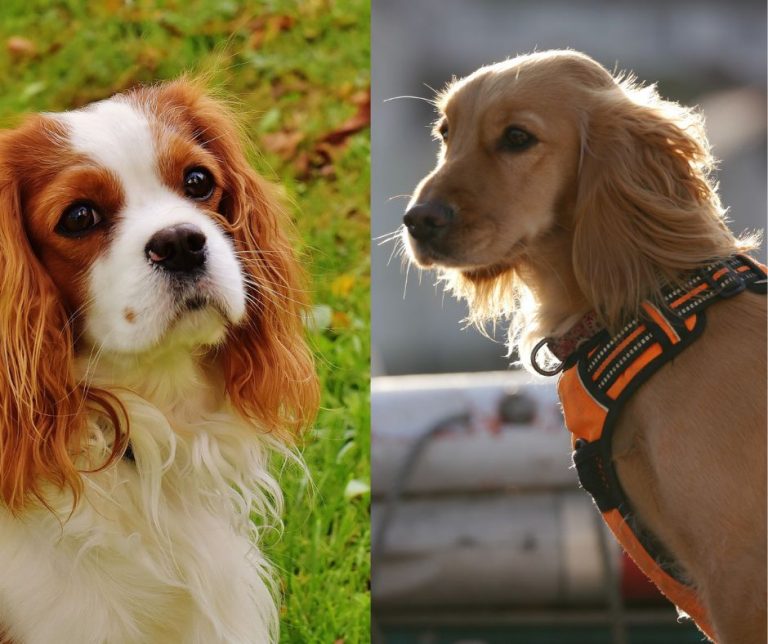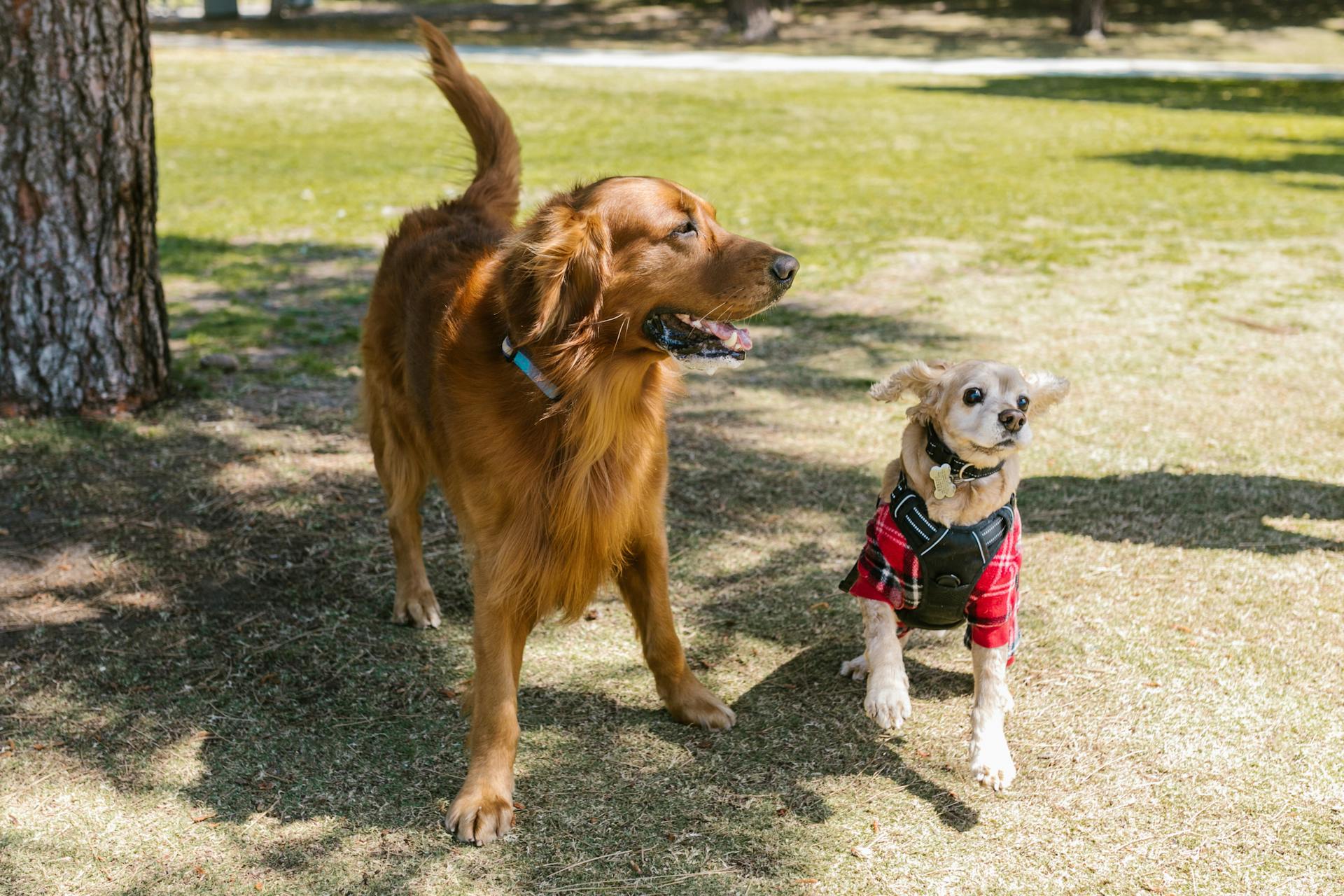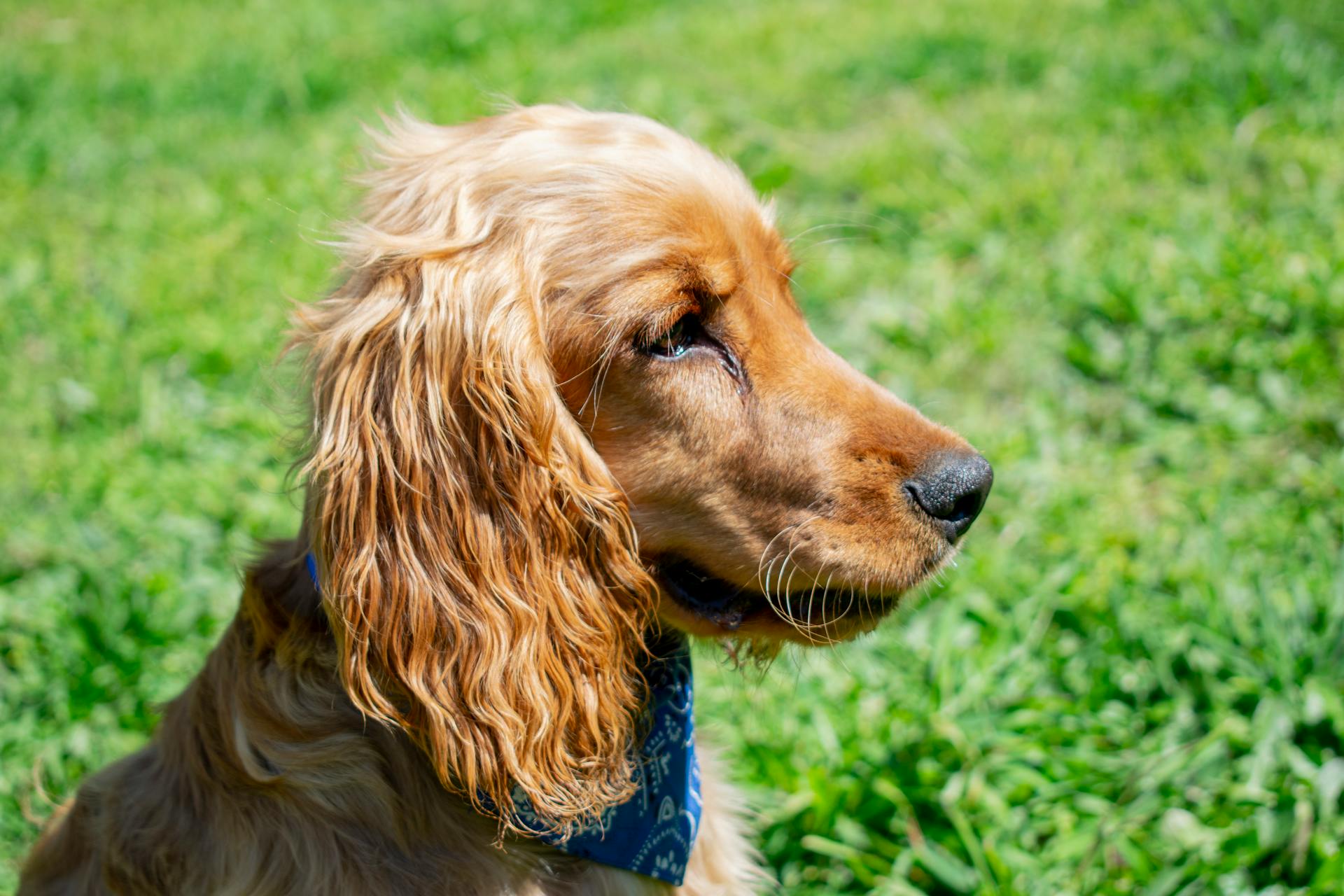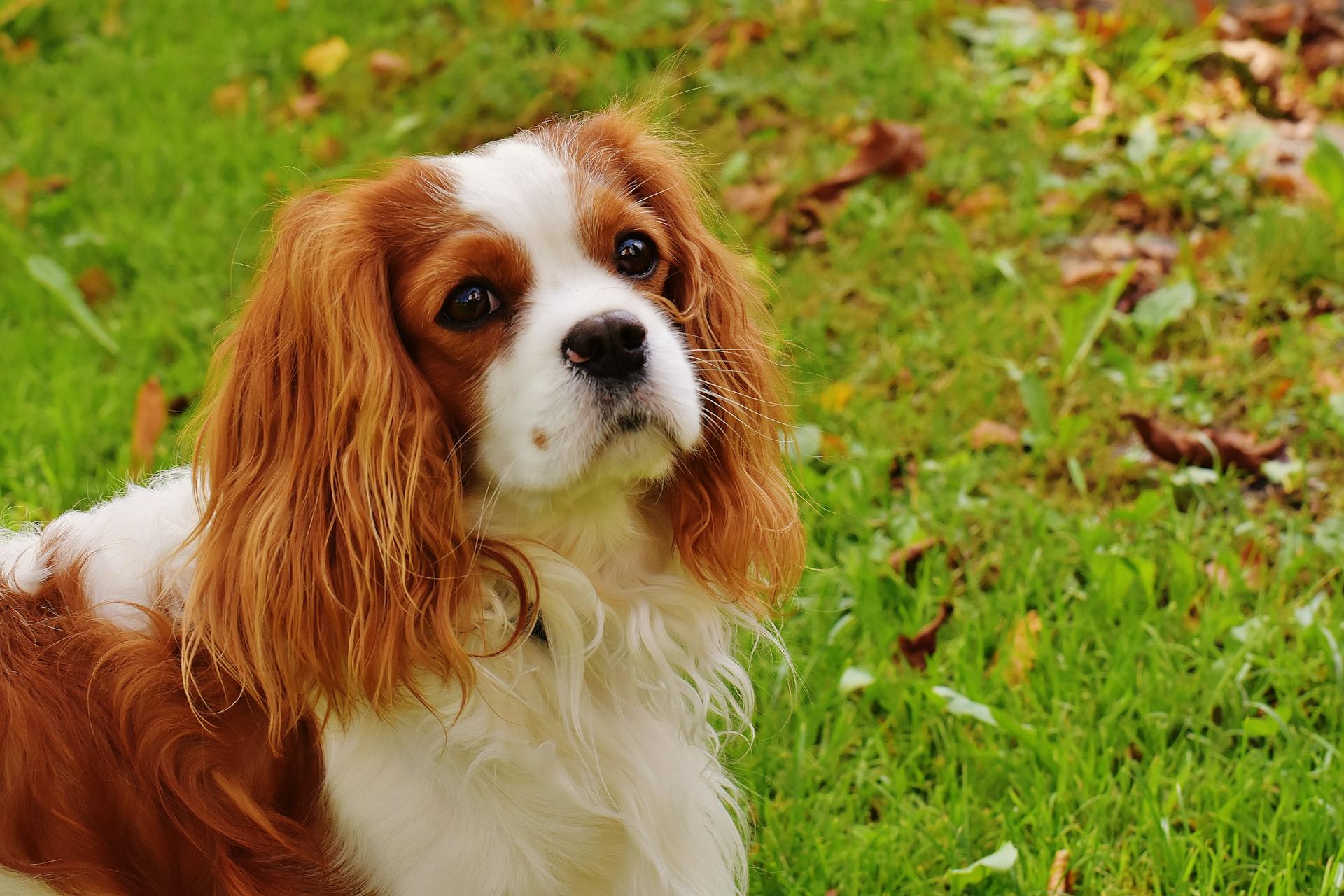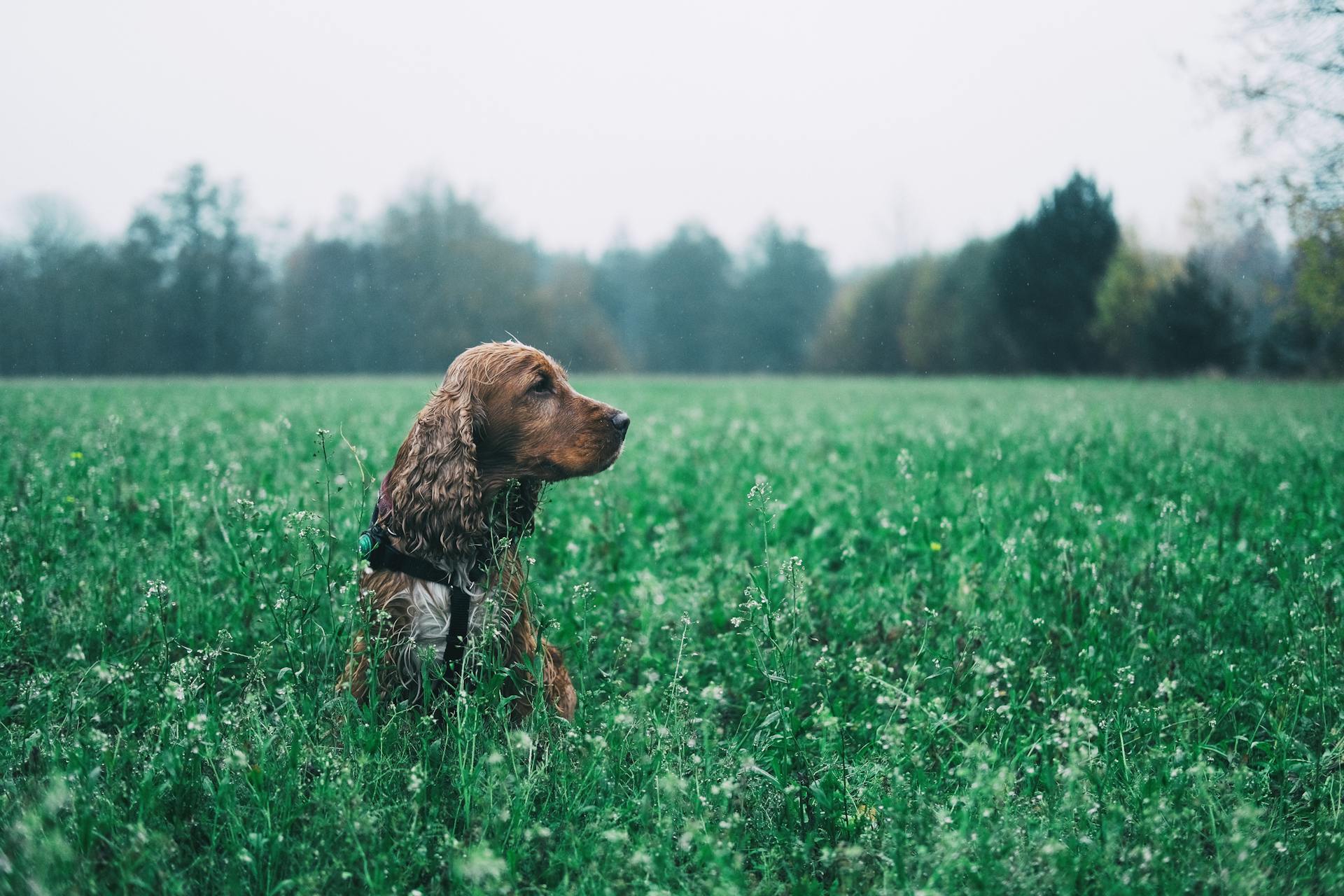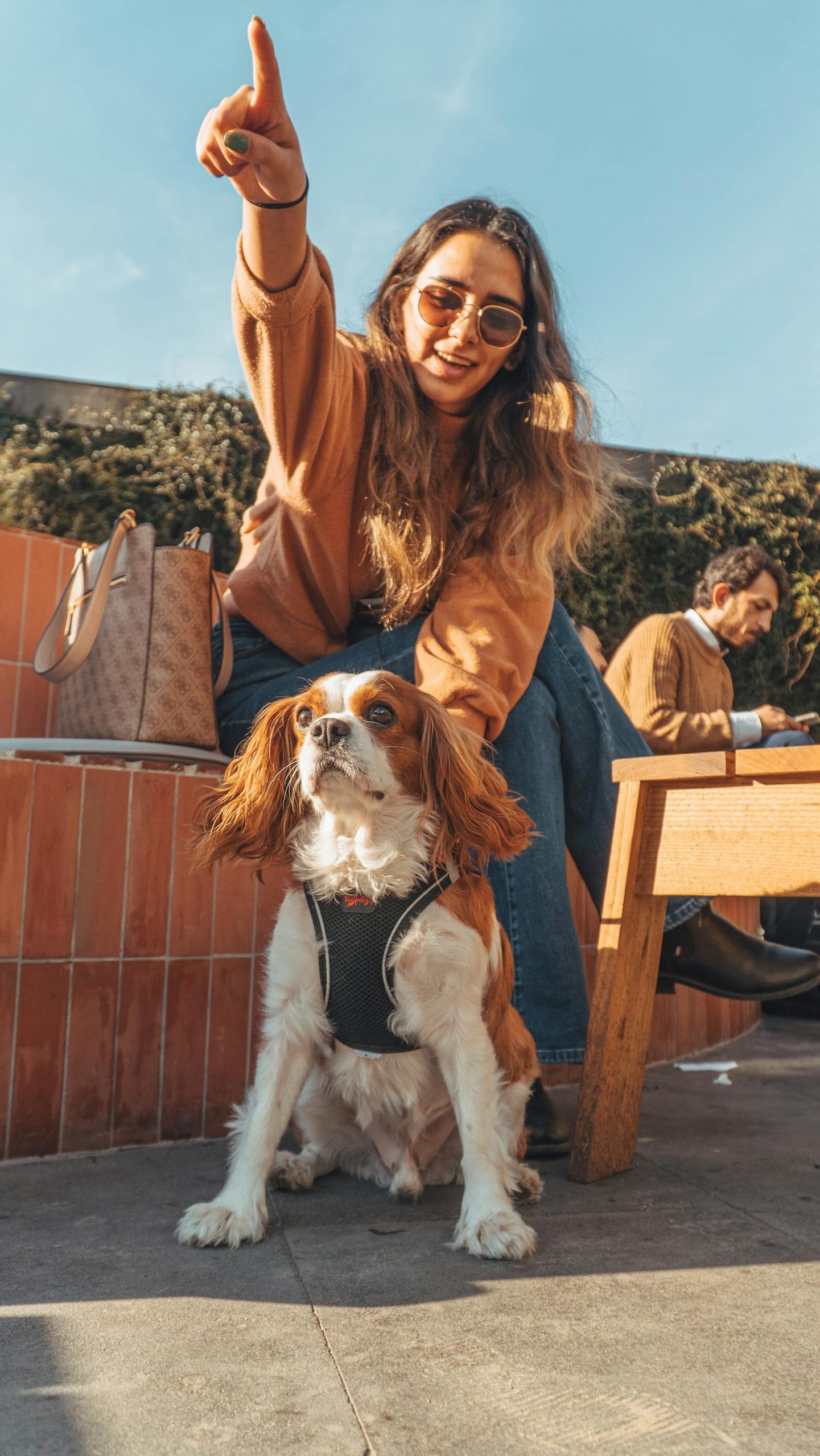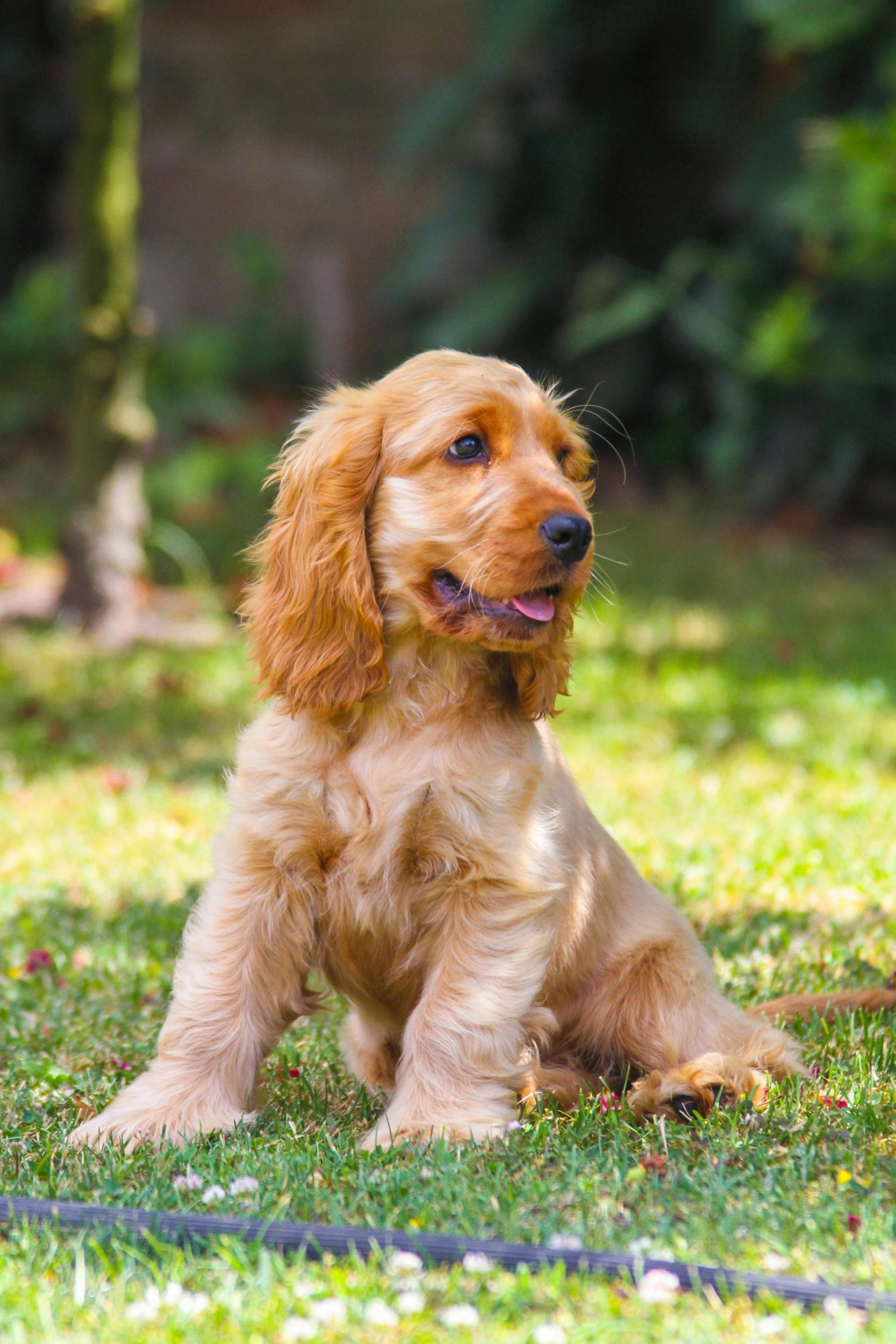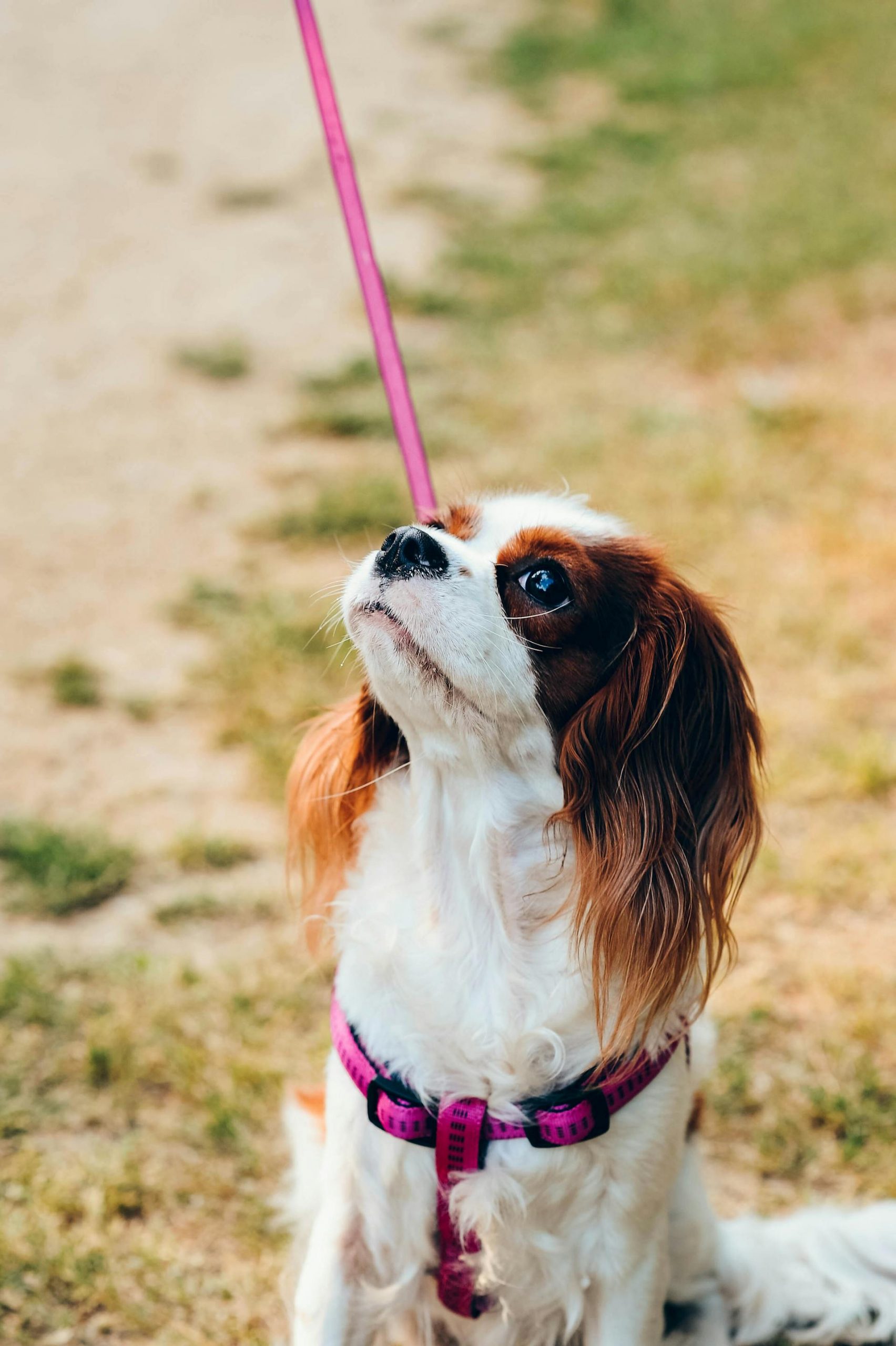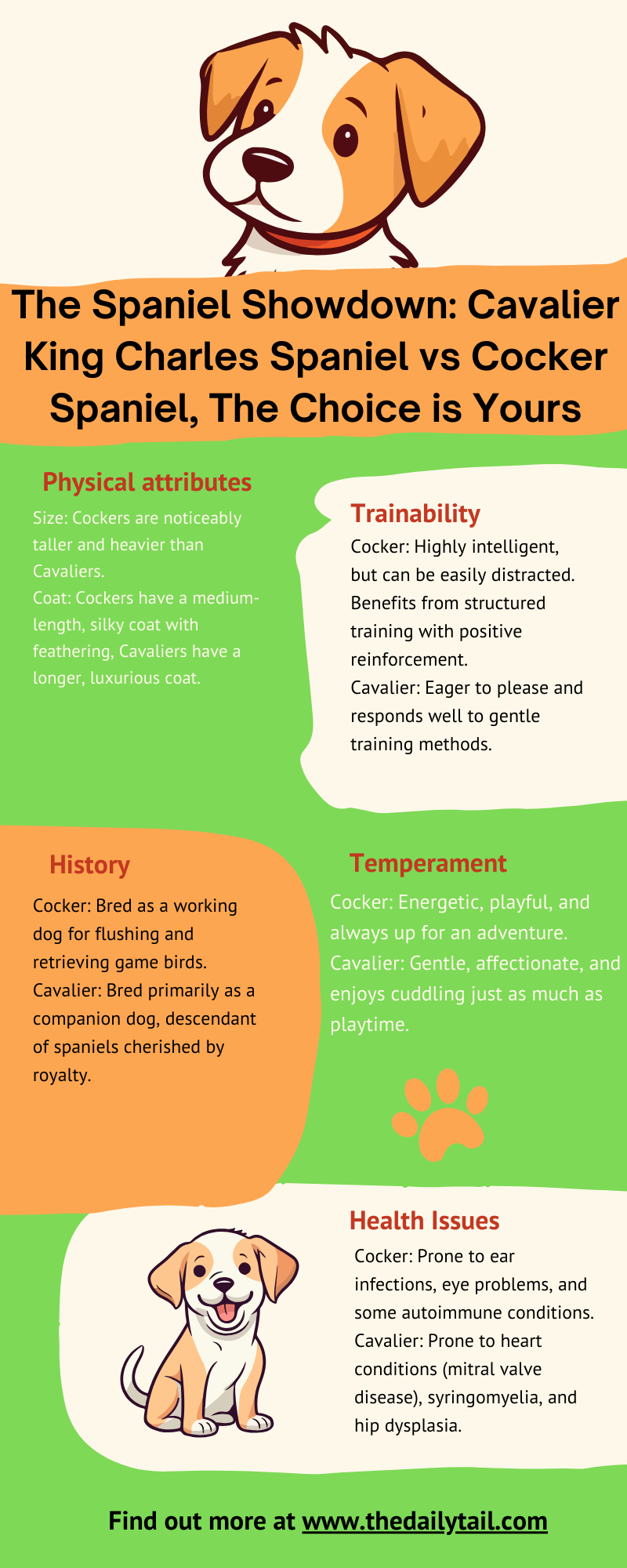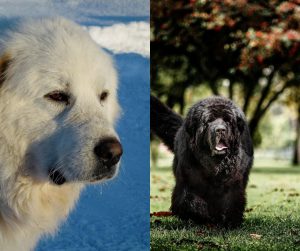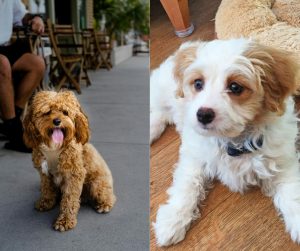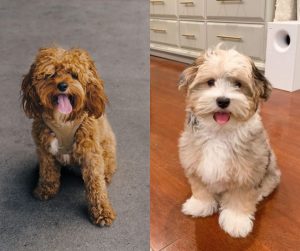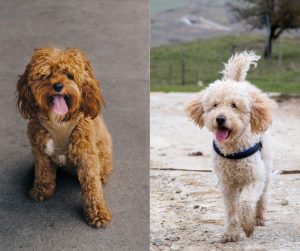Spaniel lovers, get ready for a delightful dilemma! As someone who’s adored both the playful spirit of a Cocker Spaniel and the gentle devotion of a Cavalier King Charles Spaniel, let me guide you through their differences so you can find your perfect furry companion.
When considering welcoming a new furry friend into the home, spaniel breeds often come to the forefront due to their sociable nature and manageable size. Among them, the Cavalier King Charles Spaniel and Cocker Spaniel are two breeds that frequently capture the hearts of potential pet owners. Both breeds share endearing qualities and a rich heritage that traces back to their use as hunting dogs, yet they are uniquely distinct in personality, physical traits, and care requirements.
The Cavalier King Charles Spaniel is renowned for its affectionate demeanor and adaptability, making it an excellent companion for families and individuals alike. They sport a silky coat and a regal yet expressive face that complements their gentle and friendly temperament. On the other hand, the Cocker Spaniel, which includes the American and English varieties, tends to be a bit more robust and active, displaying a merry disposition that is well-suited to various lifestyles.
When distinguishing between these two breeds, prospective pet owners must consider not just the physical characteristics—such as the Cavalier’s typically smaller stature compared to the sturdier build of the Cocker Spaniel—but also the differences in grooming needs, exercise requirements, and health considerations. Each breed presents a rewarding companionship, though the choice ultimately depends on aligning the particular traits and habits of the breed with the lifestyle and preferences of the owner.
Today, we will look at the Cavalier King Charles Spaniel vs Cocker Spaniel dog breed comparison.
Breed Origins and History
The Cavalier King Charles Spaniel and the Cocker Spaniel both have rich histories, with distinct origins that trace back to different purposes and time periods. These breeds have garnered recognition from the American Kennel Club, reflecting their popularity and significance in the canine world.
Cavalier King Charles Spaniel History
The Cavalier King Charles Spaniel origins can be traced back to the royal courts of England, enjoying favor during the time of King Charles II. This breed is known to have evolved from toy spanning breeds that were sought after by nobility and aristocracy for their companionship. In the early 20th century, the breed underwent a revival led by Judith Blunt-Lytton, 16th Baroness Wentworth, who worked to recreate the dog breed closer to its historical type by using related spaniels such as the Toy Trawler Spaniel.
Nowadays, many other dog breeds descend from the same line, including English Toy Spaniel, Cocker Spaniel, Springer Spaniel, and many more.
Cocker Spaniel History
Cocker Spaniels have a history that likely originates from Spain, as their name suggests, with their ancestors brought to England. Fitting into the sporting group of dogs, they were utilized as hunters specifically to flush out woodcocks, hence the name ‘Cocker’. The breed eventually split into the American Cocker Spaniel and the English Cocker Spaniel, with the former recognized by the American Kennel Club (AKC) and becoming distinctly different in appearance and size.
They have been bred for both show rings and as gun dogs, maintaining their popularity in various roles throughout history. Nowadays, breeders also make a distinction between an American Cocker Spaniel and English Cocker Spaniel.
Physical Characteristics
In comparing the Cavalier King Charles Spaniel to the Cocker Spaniel, notable differences arise in their physical characteristics like size, coat, and distinctive features which are essential for breed identification.
Size and Weight
Cavalier King Charles Spaniel:
- Height: 12 – 13 inches
- Weight: 13 – 18 pounds
Cocker Spaniel:
- Height: typically stands taller than the Cavalier
- Weight: varies, but is generally heavier than the Cavalier
Coat and Colors
Cavalier King Charles Spaniel:
- Coat: Silky, medium length
- Colors: Variety, including black, tan, Blenheim (chestnut and white), and ruby (rich red)
Cocker Spaniel:
- Coat: Might be smooth or wavy, medium length
- Colors: Includes solid colors such as black, red, or sable, to parti-color like black and tan, tricolor, and silver
Distinctive Features
Cavalier King Charles Spaniel:
- Ears: Long and drooping, set high with feathering
- Tail: Typically left long with feathering
- Eyes: Large, round, and expressive
Cocker Spaniel:
- Ears: Also long, but set lower than the Cavaliers and typically have heavier feathering
- Tail: Traditionally docked in some regions, though this practice is decreasing
- Eyes: Their size and shape impart a distinct expression different from the Cavalier’s
Temperament and Personality
The personality of the Cavalier King Charles Spaniel and the Cocker Spaniel shines through their interactions with people and their behavior in various situations. These breeds exhibit distinctive temperamental traits, with the Cavalier known for its affectionate nature and the Cocker for its active and lively spirit.Behavioral Traits
Cavalier King Charles Spaniels are characterized by their loving and gentle manner. They often display a playful attitude that endears them to their owners. With an intelligent and non-aggressive demeanor, they adapt well to their family’s lifestyle and are generally easy to train due to their eagerness to please.
- Energy Level: Typically less active than Cockers, requiring moderate exercise
- Friendliness: Highly affectionate and friendly, often seeking human companionship
- Intelligence: Intelligent and responsive, making training a positive experience
Cocker Spaniel dog breed, on the other hand, is known for its high energy and happy temperament. They are smart and enjoy engaging in play which makes them excellent family dogs. While they are generally friendly, their active nature demands a more vigorous exercise regimen to keep them content.
- Energy Level: More energetic, requiring regular, active play sessions
- Friendliness: Social and loving with family, sometimes reserved around strangers
- Intelligence: Quick learners, responsive to obedience training from an early age
Interaction with People and Animals
Both Cavalier King Charles Spaniels and Cocker Spaniels are noted for their strong suitability as family companions, thriving on interaction with their human counterparts. Cavaliers, in particular, are known for their undemanding affection and propensity to bond with all members of the household.
- Family-friendly: Cavaliers are known for their adaptability to family life, being gentle with children and attentive to their dog owners
- Other Pets: Typically get along well with other animals, given their non-aggressive nature
Cocker Spaniels are also family-oriented, exhibiting a friendliness that makes them good pets for homes with children. They are playful and enjoy attention, which should be considered when introducing them to other pets.
- Family-friendly: Active participants in family activities, showing a playful side with kids
- Other Pets: Can be friendly with other pets, but early socialization is recommended to foster good relationships
Living Requirements
When comparing the living requirements of Cavalier King Charles Spaniel vs Cocker Spaniel, perspective owners should consider their distinct needs for space, exercise, and physical activity.
Suitable Living Environments
Cavalier King Charles Spaniels are adaptable to a variety of living situations, including apartments, as long as they receive daily affection and attention. They have moderate energy levels and a lower prey drive, making them well-suited for less spacious homes. In contrast, Cocker Spaniels typically have higher energy levels and benefit from having access to a garden or yard, reflecting their hunting lineage which contributes to a stronger prey drive.
- Cavalier King Charles Spaniel:
- Apartment-friendly with sufficient daily interaction
- Smaller space is acceptable if regular exercise is provided
- Cocker Spaniel:
- Prefer space to roam and play
- Ideally suited to homes with access to outdoor areas
Exercise and Physical Activity
Both breeds require regular exercise to maintain their health and lifestyle balance; however, the intensity and duration differ. Cavaliers need short to moderate physical stimulation like daily walks or playtime to stay content. Cockers, being more active, require a more rigorous exercise routine to satisfy their energy.
- Cavalier King Charles Spaniel:
- Daily walks and playtime for physical activity
- Importance of mental stimulation cannot be overlooked
- Cocker Spaniel:
- Intensive and longer periods of exercise needed
- High exercise needs due to innate energy and active nature
Health and Care
Proper attention to health and care is vital for maintaining the well-being of both the Cavalier King Charles Spaniel and the Cocker Spaniel. They have distinct grooming requirements and are susceptible to certain hereditary health issues, underscoring the need for informed, proactive care.
Common Health Issues
Cavalier King Charles Spaniels are prone to specific health concerns such as mitral valve disease, which affects the heart, and syringomyelia, a condition involving the spinal cord. They also may develop cataracts and hip dysplasia. On the other hand, Cocker Spaniels can experience patellar luxation and glaucoma in addition to hip dysplasia. Hereditary progressive retinal atrophy is another concern for both breeds, as well as allergies and, more rarely, episodic falling in Cavaliers.
Grooming and Maintenance
The Cavalier King Charles Spaniel has high grooming needs due to its long, silky coat, which requires regular brushing to prevent it from becoming matted. They tend to shed moderately throughout the year. In contrast, Cocker Spaniels have higher maintenance coats that need daily brushing and professional grooming every few months to maintain their appearance and prevent matting.
| Breed | Shedding | Grooming Frequency | Professional Grooming |
|---|---|---|---|
| Cavalier King Charles Spaniel | Moderate | Several times a week | Recommended |
| Cocker Spaniel | High | Daily | Necessary every few months |
Diet and Nutrition
Both breeds benefit from a balanced diet that meets their nutritional needs. Cavaliers and Cockers often do well on high-quality dry kibble, supplemented with wet food for variety. Portion control is important to prevent obesity, and snacks should be given sparingly. Regular vet check-ups can help tailor their diet to individual health requirements, as some may develop allergies or require specific nutrients for health concerns like joint issues related to hip dysplasia.
Training and Intelligence
When considering the Cavalier King Charles Spaniel and the Cocker Spaniel, both breeds exhibit a high degree of trainability and intelligence, yet their learning approaches and training requirements diverge due to distinct breed characteristics.Training Techniques
The Cavalier King Charles Spaniel and Cocker Spaniel are both breeds that respond well to positive reinforcement; this involves using praise and treats to encourage good behavior. It’s important for trainers to be consistent and patient during dog training sessions. They are generally eager to please, which makes them amenable to obedience training. However, the Cavalier King Charles Spaniel may require a gentler training approach, being a more sensitive breed.
- Cavalier King Charles Spaniel: May show a stronger response to gentle, reward-based training methods
- Cocker Spaniel: Can be more energetic, requiring a more structured training regimen with consistent commands to channel their energy positively
Barking is a behavior that can be moderated with effective training techniques; the Cocker Spaniel may have a higher tendency to bark and may require additional focus to manage this behavior.
Intelligence and Learning Capacity
In terms of intelligence and learning capacity, both breeds have the ability to learn new commands and routines, although their motivation may differ.
- Cavalier King Charles Spaniel:
- Intelligent and able to learn quickly
- May occasionally be distractible, which necessitates a more engaging training session
- Cocker Spaniel:
- Highly intelligent, making them adept at picking up new commands
- Can be trained for a variety of activities due to their versatility and high IQ
While both breeds are capable learners, the Cocker Spaniel might display a higher energy level during training sessions, which can translate to a need for more vigorous training exercises to maintain focus. On the contrary, the Cavalier King Charles Spaniels, while intelligent, may prefer a less intensive pace.
Breed Comparisons
When comparing the Cavalier King Charles Spaniel vs Cocker Spaniel, it’s important to assess distinct traits such as their size, temperament, and suitability as family pets.
Similarities and Differences
Size:
- The Cavalier King Charles Spaniel typically measures 12 to 13 inches in height and weighs 13 to 18 pounds, making it one of the largest in the toy dog group
- The Cocker Spaniel is slightly larger, with a sturdy, sporty frame
Temperament:
- Both breeds are known for their sweet, affectionate nature
- The Cavalier King Charles Spaniel is renowned for its gentle and affectionate demeanor, often proving to be a loving companion dog
- The Cocker Spaniel tends to have a happy, friendly personality that is characteristic of the sporting group
Friendliness:
- Each breed is generally sociable and gets along well with both people and other pets
- Cavaliers might edge out in friendliness towards other dogs, and Cockers are often more outgoing with strangers
Hunting and Sporting Group:
- Historically, Cocker Spaniels were bred as hunting dogs, particularly adept at flushing out game
- While the Cavalier King Charles Spaniel shares sporting ancestry, it is today more companion-oriented
Suitability as Family Pets:
- Cavaliers are well-suited to families owing to their adaptable and affectionate nature.
- Cocker Spaniels are also family-friendly, thriving in an active household.
| Trait | Cavalier King Charles Spaniel | Cocker Spaniel |
|---|---|---|
| Size | Smaller (12-13 inches, 13-18 lbs) | Larger |
| Personality | Gentle, affectionate | Happy, sociable |
| Hunting | Less traditional hunting role | Skilled sporting dog |
| Family Pets | Excellent, adaptable | Excellent, active households |
Both breeds share similarities in affability, but their differences are notable in size and the roles they are traditionally bred for. This impacts their behavior; while Cavaliers may be more content as lap dogs, Cockers retain an active streak indicative of their sporting background.
Ownership Considerations
When choosing between a Cavalier King Charles Spaniel and a Cocker Spaniel, potential owners should carefully consider the financial commitment and the ease of adding one of these breeds to their family.
Cost of Ownership
Initial Price: The initial purchase price for a Cavalier King Charles Spaniel typically ranges from $1,000 to $3,500, while a Cocker Spaniel may cost between $800 to $2,500. Factors influencing price include pedigree, location, and breeder reputation. It is essential for prospective owners to budget for these initial costs.
American Kennel Club (AKC) Registration: Both breeds can be registered with the AKC, which may add to the upfront costs. Registration provides benefits like eligibility for events and proof of pedigree.
Ongoing Expenses: Owners should anticipate ongoing expenses such as food, grooming, veterinary care, and potential health issues specific to each breed. For instance, Cavalier King Charles Spaniels are known to have heart conditions, while Cocker Spaniels might incur ear infections due to their floppy ears.
Breed Popularity and Availability
Cavalier King Charles Spaniel: They are a sought-after breed, well-regarded for their affectionate nature and smaller size, which makes them ideal for varied living situations. Their popularity can sometimes translate to higher costs and longer waiting times for a puppy from a reputable breeder.
Cocker Spaniel: Cocker Spaniels are also popular and widely available in many countries. As an AKC-recognized breed, their popularity ensures a steady availability, though it’s vital to source from ethical breeders to avoid supporting puppy mills.
When considering breed popularity and availability, potential owners should also research local breed-specific rescues or shelters, as adoption is often a more economical and socially responsible option.

